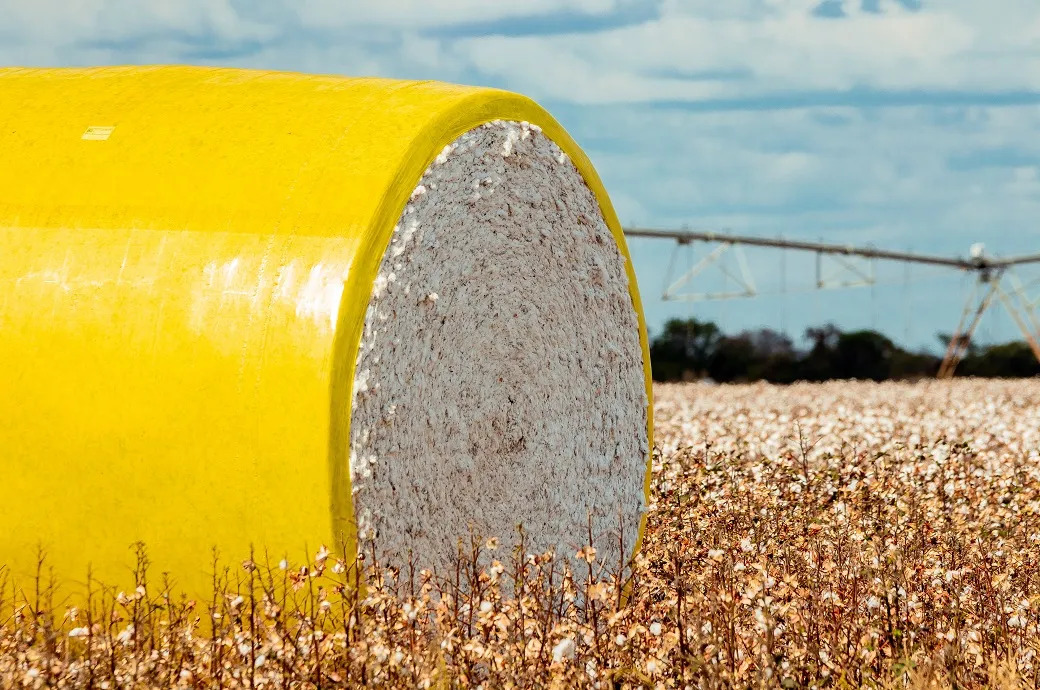
A conference organized by the Trade Promotion Department, Vietnam’s Ministry of Industry and Trade highlighted, the country has grown to be the third largest clothing exporter in the world. Vietnam’s textile and garment exports account for 6.4 per cent of the world’s total after China with 31.6 per cent share and Europe 27.9 per cent share. Exports of textile and garment products to three main markets viz. Europe, US and Japan, says Economist Huynh Thanh Dien. Accounting for 34.1 per cent, 16.8 per cent and 5.3 per cent shares, these three are the largest importers of textiles and garments in the world.
A contributor to economic growth
As per a Saigaon Online report, the textile and garment industry in Vietnam is an important contributor to the nation’s economic growth. In 2021, it exported textiles and garments worth $40.4 billion, accounting for 12 per cent of the country's export turnover. In 2022, the country garment and textile export turnover increased by 21.6 per cent to $23 billion.
Yet, Vietnam’s textile and garment industry continues to face numerous challenges. Inflation in the some of its major markets such as the US and the EU has caused a decline in demand for products, adds Huyun Minh Vu, Deputy Director, Center for International Integration Support-Ho Chi Minh City. The Russia-Ukraine conflict has also pushed up inputs prices.
Strict COVID- measures cause supply chain disruptions
Additionally, high risk of resurgence of the COVID’s sub variant is compelling many partner countries such as China Japan and Taiwan to apply strict anti-epidemic measures, greatly affecting the country's supply chain and consumption of textile products. On the other hand, exports from the country have also been affected by fluctuations in exchange rates, labor shortage and increasing demand for traceability of cotton fabrics, yarns and sustainable textiles and garments.
Trade remedies threat
The new Free Trade Agreement (FTA) is also negatively impacting the industry’s performance in Vietnam. Textile exporters in the country constantly live under the threat of being investigated and applied trade remedies. Vietnam has entered into 15 FTAs with about 60 countries across the world, notes Phan Khanh An, Deputy Head-Legal, Ministry of Industry and Trade.
The country’s exports are currently under the threat of being applied trade remedies act. Vietnam faces over 210 trade remedy cases initiated by foreign countries against Vietnamese exports. Vietnam currently faces 22 cases related to textile products, mainly related to anti-dumping and safeguard measures, mainly in Turkey, US and India.
New policies to boost investments
Vietnam mainly exports recycled yarn to China. The country faces many challenges in China which has introduced the zero COVD policy resulting in market disruptions. It is also facing a rise in raw material costs that have surged past 55 per cent. Textile and garment businesses in Vietnam are currently not accepting any long-term orders over fear of losing low unit prices that fail to match rising inputs costs. Many businesses are urging concerned authorities to introduce new policies to encourage investments in the sector. Domestic enterprises are planning to expand businesses by collaborating with other enterprises, and become self-sufficient in production.












